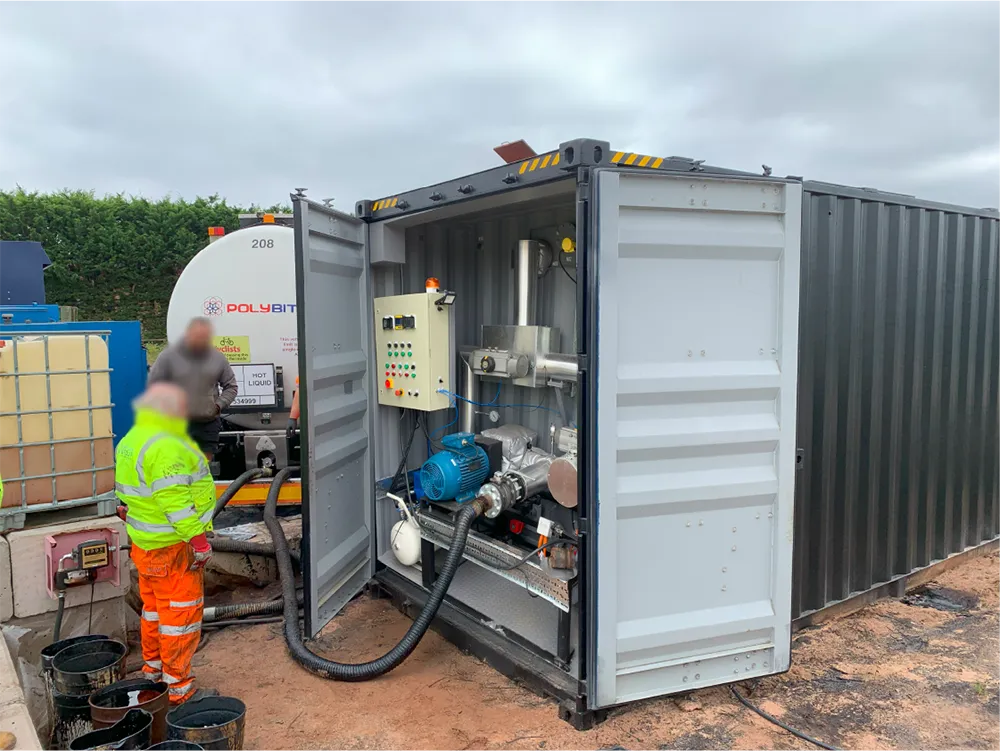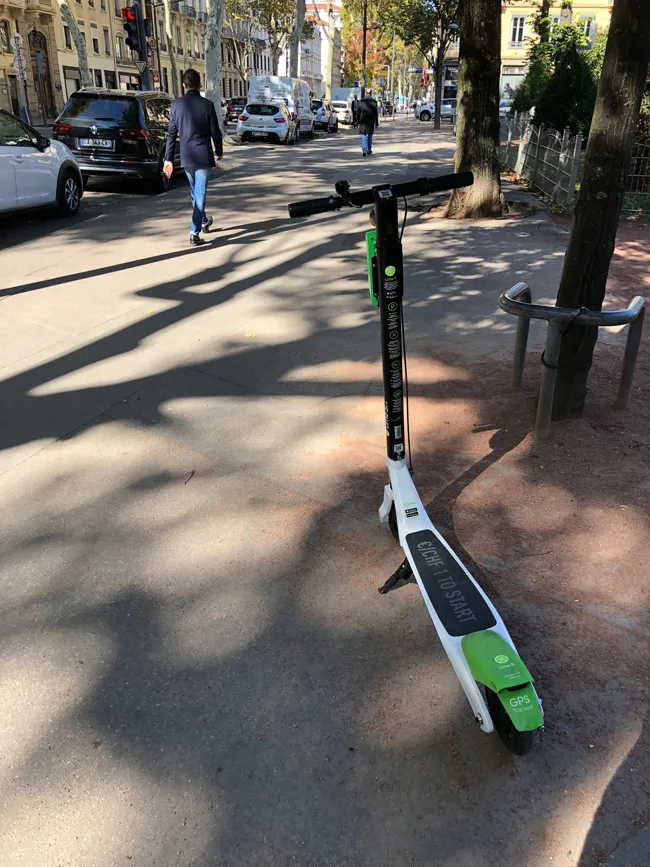Advanced software from 3D Repo offers additional support for some of the leading packages used within engineering and construction sectors, such as
This updated, cloud-based BIM collaboration platform provides improved support for large 3D models used in infrastructure projects. It also offers integrated VR functionality for applications such as training, safety and project consultation.
The package is said to make project information more accessible and usable and can be utilised with many open source and proprietary formats. This allows users to share 3D models, issues and knowledge with a wider project team in the context of the original model.
The latest versions of 3D Repo’s Open Source, Starter, Professional and Enterprise packages include advanced integration with Autodesk Navisworks project review software. A custom plug-in allows data to be uploaded directly to the 3D Repo knowledge base without the need for tedious file exchanges. This works by breaking down and pushing the native Navisworks project directly into the 3D Repo platform online, instead of storing it in files. This allows users to view models and collaborate with the wider project team through their web browser, even on very large and complex projects.
3D Repo has also announced support for the BCF file format, allowing import/export of collaboration and markup data for issues tracking to software such as Solibri quality assurance solutions,
Smart software solution from 3D
Advanced software from 3D Repo offers additional support for some of the leading packages used within engineering and construction sectors, such as Autodesk Navisworks. This updated, cloud-based BIM collaboration platform provides improved support for large 3D models used in infrastructure projects. It also offers integrated VR functionality for applications such as training, safety and project consultation.
October 12, 2017
Read time: 2 mins









